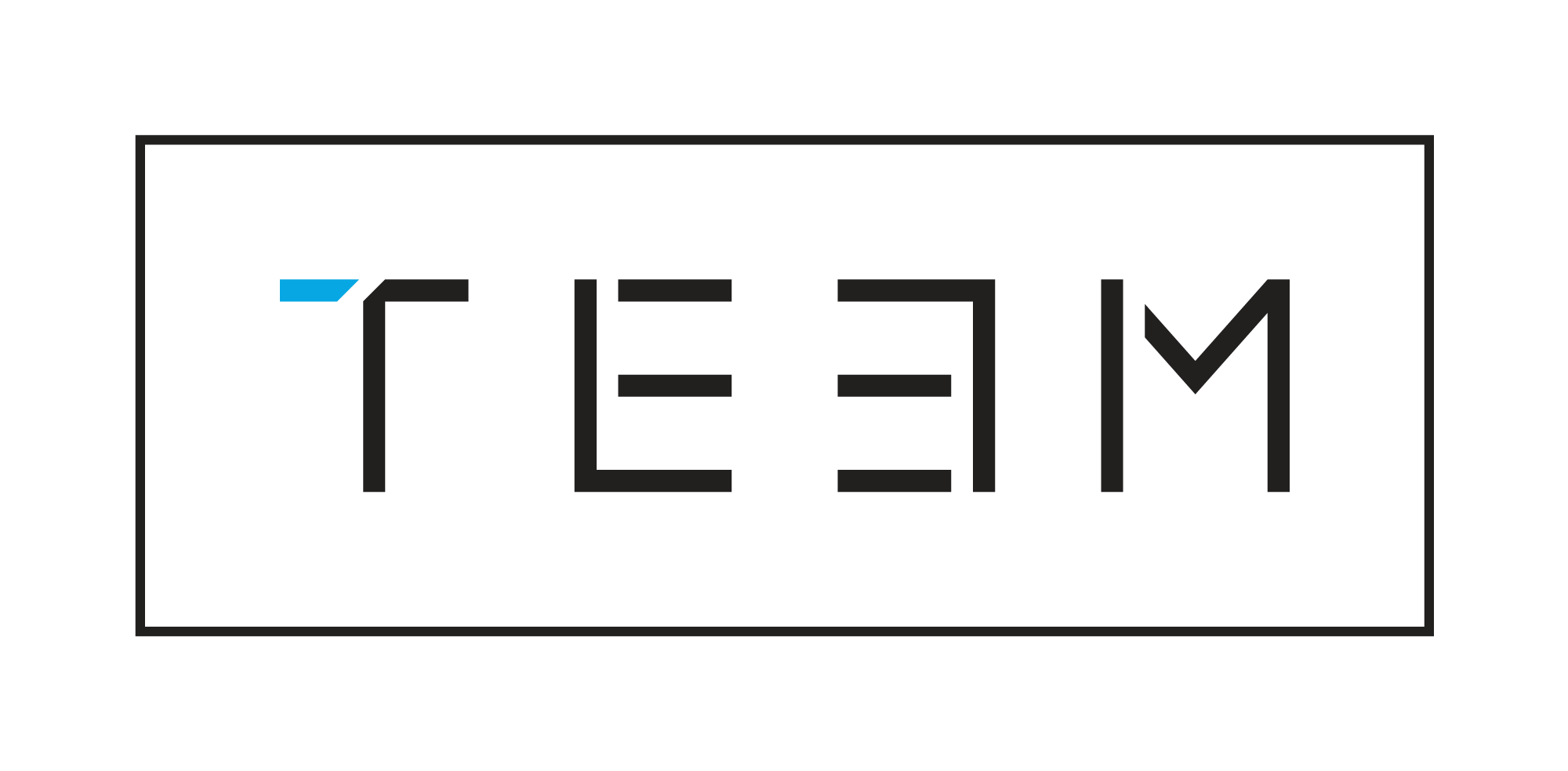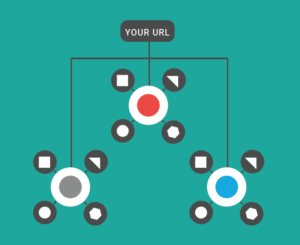Contextual content clusters are becoming an important modeling strategy in content marketing. As the internet is awash in competing and often undifferentiated content, it’s harder and harder to stand out and hold a visitors attention. Not to mention that search engines have recently changed their algorithms and instead of favoring keywords they now show preference to clusters of content around particular topics. In response, marketers have begun linking content to form inter-related clusters around pillar topics related to their category, location, product or service.

Digital Content Cluster Diagram
Content clusters are a great way to bolster the effectiveness of the content you create, while keeping your website elegant, organized and engaging. When you follow a traditional keyword strategy in content creation, you tend to find a popular topic and create a blog post, video or infographic to address it. Then you do it again… and again. Eventually you have a bloated, disorganized, repetitive site that offers a sub-par user experience and doesn’t perform very well in organic search rankings.
Compare that with a contextual content cluster. Content clusters involve building a grouping of related content around one topic. Keywords are still important because they allow you to tie each individual piece of content to a larger pillar to create a group of assets that are as topically relevant as possible. The pillar content anchors the cluster and you build out assets around it with hyper-linking in place to and from each supporting piece of content. Content clusters boost SEO and improve the reach and authority of each individual asset you create.
There are three kinds of keywords to keep in mind as you strategically approach a content cluster:
- Navigation keywords are ones you will likely rank for naturally. These searches occur when people are looking for directions or trying to find something. Examples would be “coffee shops in boulder” or “digital marketing agencies NYC.”
- Information keywords are great for targeting via a content cluster as they lend themselves to a topic modeling strategy. When people enter informative keywords they are usually looking for education on products or services. Or they need to know more about a subject or activity, which gives you the opportunity to assist and position your brand as an expert. Examples would be “what is a content cluster?” or “how do I clean stainless steel?”
- Transaction keywords help you rank well for the main product or service pages of your site. These are typically very focused because the user knows what they want and simply need to locate the right solution. Examples would be “vintage style flapper dresses” or “best electric push mower.”
Content clusters signal to search engines that you are an ideal resource for a product or services, or that you are an expert within a category. As you demonstrate your expertise, you will be more likely to have a top ranking. And any organic SEO goodwill you earn automatically offsets traffic you have to pay for. Enjoy a quick YouTube video courtesy of Hubspot that explains the concept clearly. Or review this article by the Content Marketing Institute that is a deeper dive into the details. And here is a visual example of a content cluster in action using a topic you know well at this point: 2019 Marketing Trends from TEEM!

